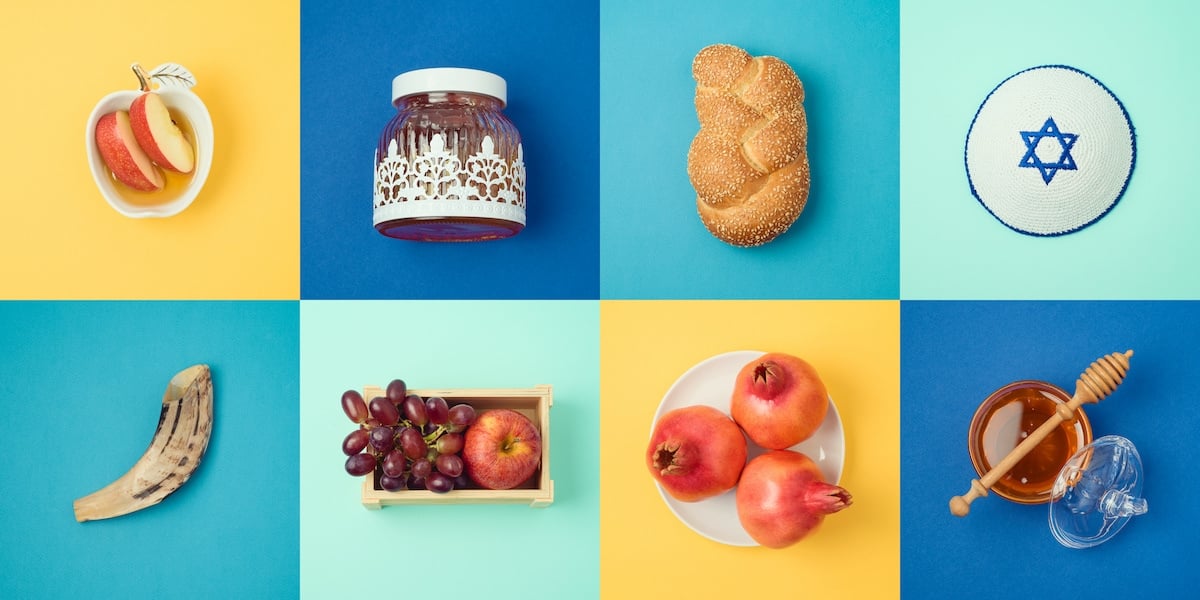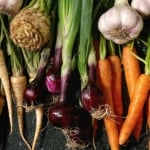What and When Is Rosh Hashanah 2026?
Rosh Hashanah 2026 begins at sundown on Friday, September 11, and ends at nightfall on Sunday, September 13, 2026. Rosh Hashanah is a religious and festive time when family and friends gather together for meals and worship and grow closer to God. It’s a time for looking forward to a new year with anticipation and reflecting on the past year to improve ourselves for the next. This two-day Jewish celebration of the New Year literally translates to “head of the year” in Hebrew. It is observed on the first and second days of the Jewish month of Tishrei, the first month in the civil calendar.
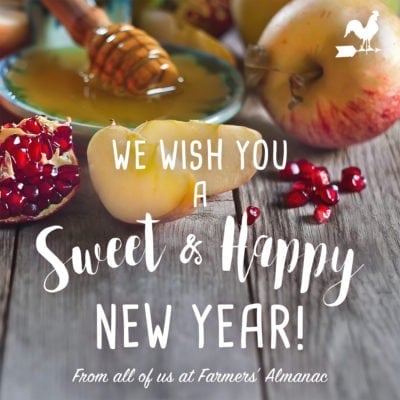
Yom Teruah is the biblical name for this holy day. Teruah means a massive shout by a crowd or the blowing of a horn. Its origin can be traced back to the Old Testament book of Numbers, in the Bible. The children of Israel were commanded by the Lord to make this observance:
And in the seventh month, on the first day of the month, ye shall have an holy convocation; ye shall do no servile work: it is a day of blowing the trumpets unto you.
Numbers 29:1
Traditions of Rosh Hashanah
Candle-Lighting
It is customary for the women or girls to light candles in the home to usher in the holiday, and on each evening throughout Rosh Hashanah. Blessings are recited when the candles are lit. Check out more on lighting the candles and reciting blessings.
Blessings & Prayers
In addition to the blessings spoken during the lighting of candles each evening, other blessings called Kiddush (meaning sanctification) are recited before the meal. A blessing is spoken over the wine, and another blessing is recited over the bread.
Festive Meals with Symbolic Foods
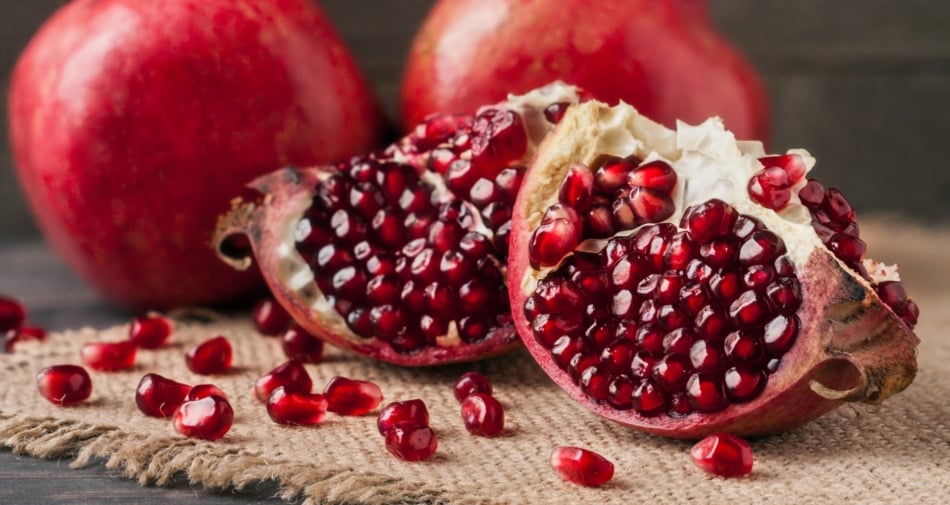
Challah bread is always fashioned into a round loaf for Rosh Hashanah and served with honey. The circle symbolizes the seasons and cycle of life.
Eating sliced apples dipped in honey is another Rosh Hashanah tradition. Honey symbolizes the desire to have a sweet, enjoyable, and bountiful year. No bitter, sour or tart foods like horseradish or vinegar at this holiday meal.
Pomegranate is another customary food on the Rosh Hashanah table. The vast number of seeds in this fruit represents the desire for a productive and abundant life.
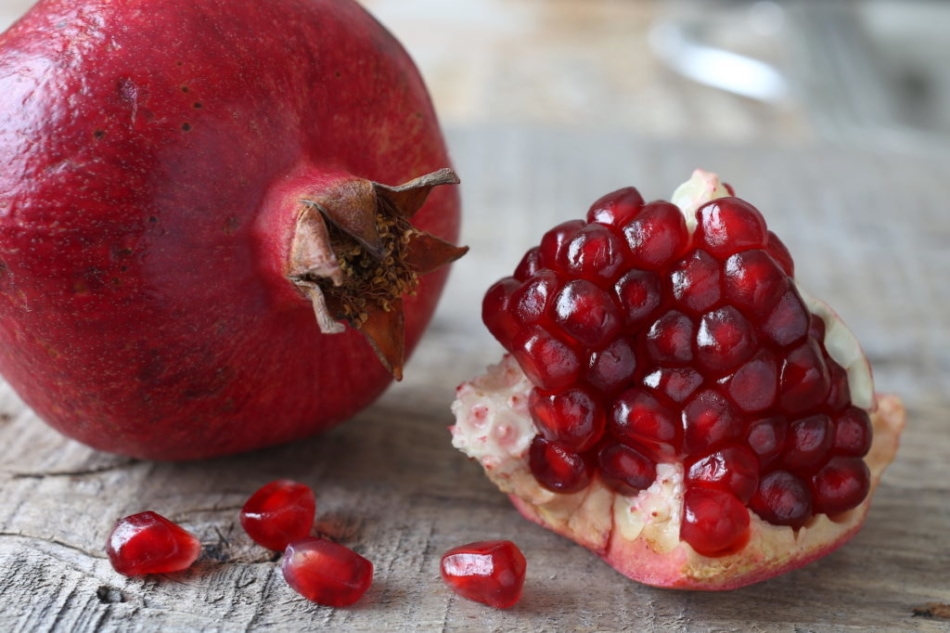
Attend Synagogue Services—Gathering together in a synagogue for prayer services is an important part of Rosh Hashanah. Special prayers for this holy service and readings from the Torah are read from the Machzor prayer book. Some synagogues will live stream their services this Rosh Hashanah for those unable to attend.
Listen to a Shofar—The shofar is a trumpet typically made from a hollowed-out ram’s horn. In ancient biblical times, the shofar was blown during temple worship and in battle, such as in the battle of Jericho (Joshua, Chapter 6). The sounding of the shofar today remains a key element of the Rosh Hashanah synagogue service. For the hearer, it is a demonstration of his obedience to God’s commandment. According to Rabbi Saadia Gaon, hearing the sound of the shofar stirs excitement within us, reminding the listener that God is King of the world, awakening slumbering souls that have grown complacent.

Casting Bread Crumbs on Water — This custom is known as the Tashlich ceremony. It involves going to a natural, outdoor water source, (river, creek, lake, pond, or ocean) and throwing bread crumbs on the water. This act symbolizes casting away the things you’ve done wrong. A prayer for this ceremony is found in the Machzor prayer book.
Self-Reflection — Rosh Hashanah encourages self-examination of the past year to see where you’ve “missed the mark.” Evaluate the personal aspects of your life, the negative and positive to decide what you should do differently in the future, how you can improve, and “hit the mark” in the new year.
10 Days of Awe
The 10 days between Rosh Hashanah and Yom Yippur are significant days known as the “10 Days of Awe” or the “10 Days of Repentance.” During this time, further introspection takes place. Other positive ways to use this time for spiritual enrichment is to pray, perform charitable deeds, acts of loving kindness, seek forgiveness, and reconciliation with others. It is said that one’s actions between Rosh Hashanah and Yom Yippur can change God’s judgments toward us into blessings.
Ready to celebrate Rosh Hashanah 2025? Learn how to say “Happy New Year” in Hebrew!
Join The Discussion!
What are some special ways that your family will celebrate Rosh Hashanah 2026?
Let us know in the comments below!
Related
How To Make A Traditional Jewish Apple Cake

Deborah Tukua
Deborah Tukua is a natural living, healthy lifestyle writer and author of 7 non-fiction books, including Pearls of Garden Wisdom: Time-Saving Tips and Techniques from a Country Home, Pearls of Country Wisdom: Hints from a Small Town on Keeping Garden and Home, and Naturally Sweet Blender Treats. Tukua has been a writer for the Farmers' Almanac since 2004.

